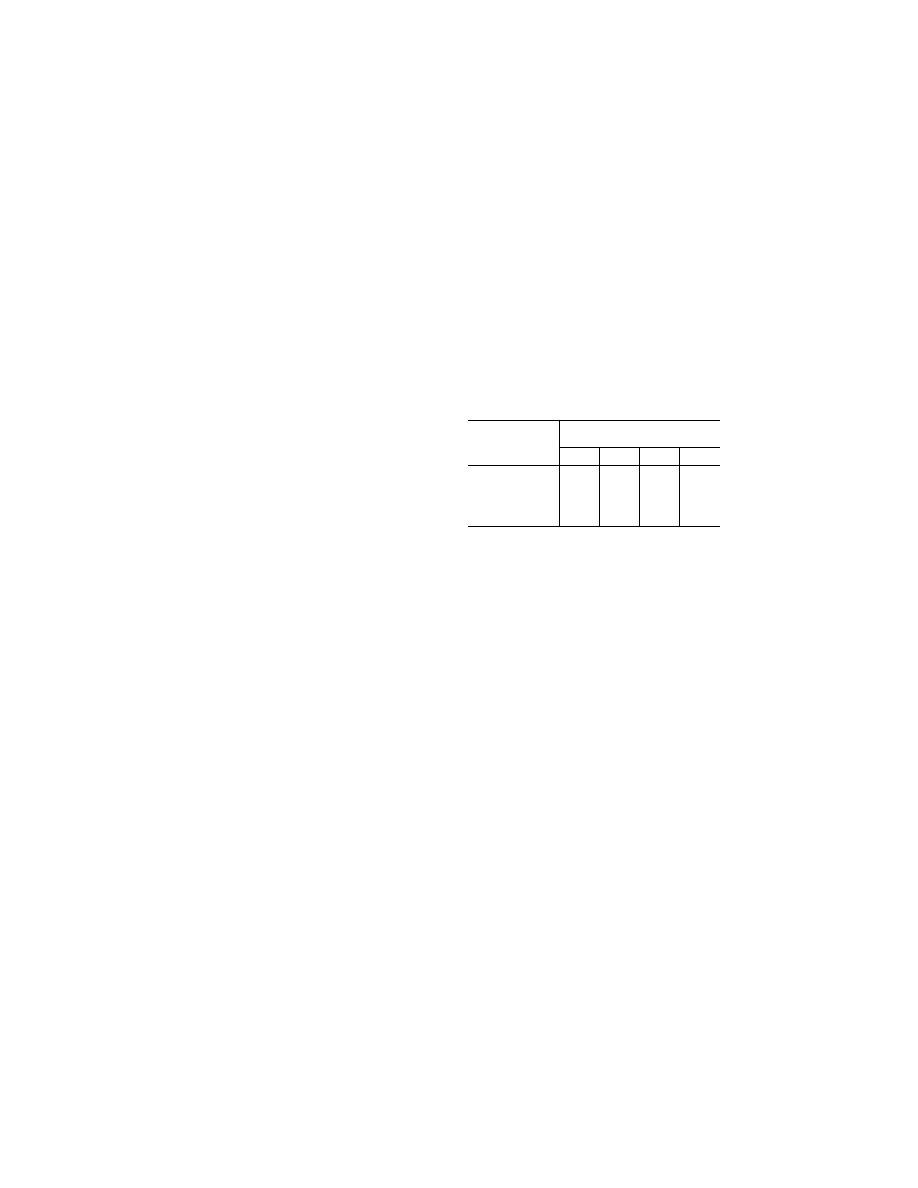
763
Federal Aviation Administration, DOT
§ 29.807
with respect to the emergency evacu-
ation capability of the rotorcraft,
equivalent to that which would be ob-
tained by actual demonstration.
[Doc. No. 5084, 29 FR 16150, Dec. 3, 1964, as
amended by Amdt. 29–3, 33 FR 967, Jan. 26,
1968; Amdt. 27–26, 55 FR 8004, Mar. 6, 1990]
§ 29.805
Flight crew emergency exits.
(a) For rotorcraft with passenger
emergency exits that are not conven-
ient to the flight crew, there must be
flight crew emergency exits, on both
sides of the rotorcraft or as a top
hatch, in the flight crew area.
(b) Each flight crew emergency exit
must be of sufficient size and must be
located so as to allow rapid evacuation
of the flight crew. This must be shown
by test.
(c) Each exit must not be obstructed
by water or flotation devices after a
ditching. This must be shown by test,
demonstration, or analysis.
[Amdt. 29–3, 33 FR 968, Jan. 26, 1968; as
amended by Amdt. 27–26, 55 FR 8004, Mar. 6,
1990]
§ 29.807
Passenger emergency exits.
(a)
Type. For the purpose of this part,
the types of passenger emergency exit
are as follows:
(1)
Type I. This type must have a rec-
tangular opening of not less than 24
inches wide by 48 inches high, with cor-
ner radii not greater than one-third the
width of the exit, in the passenger area
in the side of the fuselage at floor level
and as far away as practicable from
areas that might become potential fire
hazards in a crash.
(2)
Type II. This type is the same as
Type I, except that the opening must
be at least 20 inches wide by 44 inches
high.
(3)
Type III. This type is the same as
Type I, except that—
(i) The opening must be at least 20
inches wide by 36 inches high; and
(ii) The exits need not be at floor
level.
(4)
Type IV. This type must have a
rectangular opening of not less than 19
inches wide by 26 inches high, with cor-
ner radii not greater than one-third the
width of the exit, in the side of the fu-
selage with a step-up inside the rotor-
craft of not more than 29 inches.
Openings with dimensions larger than
those specified in this section may be
used, regardless of shape, if the base of
the opening has a flat surface of not
less than the specified width.
(b)
Passenger emergency exits; side-of-
fuselage. Emergency exits must be ac-
cessible to the passengers and, except
as provided in paragraph (d) of this sec-
tion, must be provided in accordance
with the following table:
Passenger seating
capacity
Emergency exits for each
side of the fuselage
Type I
Type II Type III
Type IV
1 through 10 ............
............
............
............
1
11 through 19 ..........
............
............
1 or
2
20 through 39 ..........
............
1 ............
1
40 through 59 ..........
1 ............
............
1
60 through 79 ..........
1 ............
1 or
2
(c)
Passenger emergency exits; other
than side-of-fuselage. In addition to the
requirements of paragraph (b) of this
section—
(1) There must be enough openings in
the top, bottom, or ends of the fuselage
to allow evacuation with the rotorcraft
on its side; or
(2) The probability of the rotorcraft
coming to rest on its side in a crash
landing must be extremely remote.
(d)
Ditching emergency exits for pas-
sengers. If certification with ditching
provisions is requested, ditching emer-
gency exits must be provided in accord-
ance with the following requirements
and must be proven by test, demonstra-
tion, or analysis unless the emergency
exits required by paragraph (b) of this
section already meet these require-
ments.
(1) For rotorcraft that have a pas-
senger seating configuration, excluding
pilots seats, of nine seats or less, one
exit above the waterline in each side of
the rotorcraft, meeting at least the di-
mensions of a Type IV exit.
(2) For rotorcraft that have a pas-
senger seating configuration, excluding
pilots seats, of 10 seats or more, one
exit above the waterline in a side of the
rotorcraft meeting at least the dimen-
sions of a Type III exit, for each unit
(or part of a unit) of 35 passenger seats,
but no less than two such exits in the
passenger cabin, with one on each side
of the rotorcraft. However, where it
has been shown through analysis,
ditching demonstrations, or any other
VerDate Mar<15>2010
10:12 Mar 18, 2014
Jkt 232046
PO 00000
Frm 00773
Fmt 8010
Sfmt 8010
Y:\SGML\232046.XXX
232046
pmangrum on DSK3VPTVN1PROD with CFR